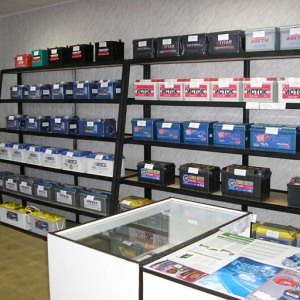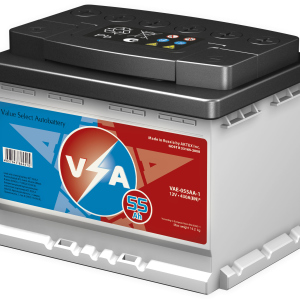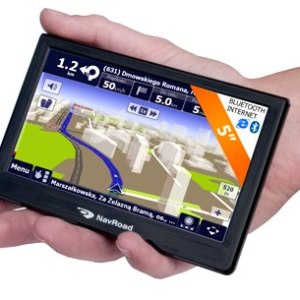When operating a car, motorists often faced the fact that the battery is discharged. There are two types of charging: charging a constant current and charging with constant voltage. Any of the charging devices uses one of these methods, or their combination. But no matter how you would use you, you need to know and perform some rules.
Charging the car battery should be carried out in well-ventilated rooms, since hydrogen is released at the same time. If the battery is served, then it is necessary to check the level of the electrolyte, unscrew the lid of the battery cans. The liquid should cover the plates by 1-1.5 cm. Add distilled water if necessary. Refilled covers do not twist back, but only put on top of the holes. So the highlighting hydrogen in the process of charging will be better to go out, and the boiling acid will not be splashing. When charging a non-servant AKB, these actions do not produce, because She is sealed.- Charging on the principle of DC - at the end of charging, the liquid in the battery begins to be intensively boiled.
- Charging a constant voltage - the power of the charging current is gradually reduced to minimum values \u200b\u200bthat do not change within an hour.
- Measuring the density of the liquid using the area, while the density of the fully charged battery is in the range of 1.27-1.3.
- Measurement of voltage at battery terminals 12 hours after charging: Voltage should be around 12.66-12.7 V.
The battery discharge can be caused by faults in the car electrical wiring, a loosely closed door or trunk, not turned off by a light bulb, a malfunction in the car charging system or a poorly stretched generator belt. The elimination of these reasons will save time on the maintenance of the AKB.



































